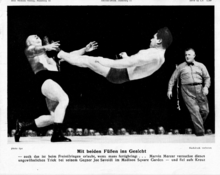Professional wrestling throws are the application of professional wrestling techniques that involve lifting the opponent up and throwing or slamming them down. They are sometimes also called "power" maneuvers, as they are meant to emphasize a wrestler's strength. Many of these moves are used as finishers by various wrestlers, who refer to them by several different names that reflect their gimmick. Moves are listed under general categories whenever possible.
Professional wrestling holds include a number of set moves and pins used by performers to immobilize their opponents or lead to a submission. This article covers the various pins, stretches and transition holds used in the ring. Some wrestlers use these holds as their finishing maneuvers, often nicknaming them to reflect their character or persona. Moves are listed under general categories whenever possible.
A suplex is an offensive move used in sport wrestling as well as amateur wrestling and professional wrestling. It is a throw that involves lifting the opponents and bridging or rolling to slam them on their backs.
Aerial techniques, also known as "high-flying moves" are maneuvers in professional wrestling using the ring's posts and ropes as aids, in many cases to demonstrate the speed and agility of smaller, nimble and acrobatically inclined wrestlers preferring this style instead of throwing or locking the opponent. Due to injuries caused by these high risk moves, some promotions have banned the use of some of them. The next list of maneuvers was made under general categories whenever possible.
Strikes are offensive moves in professional wrestling, that can sometimes be used to set up an opponent for a hold or for a throw. There are a wide variety of strikes in pro wrestling, and many are known by several different names. Professional wrestlers frequently give their finishers new names. Occasionally, these names become popular and are used regardless of the wrestler performing the technique.
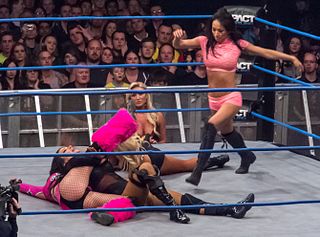
In wrestling, a pin is achieved by holding an opponent's shoulders to the mat for a three count. Pinfall is the term used in professional wrestling which is a way to win the match for that person or team.
In professional wrestling double-team maneuvers are executed by multiple wrestlers instead of one and typically are used by tag teams in tag team matches. Many of these maneuvers are combination of two throws, or submission holds. Most moves are known by the names that professional wrestlers give their "finishing move" names. Occasionally, these names become popular and are used regardless of the wrestler performing the technique. Moves are listed under general categories whenever possible.
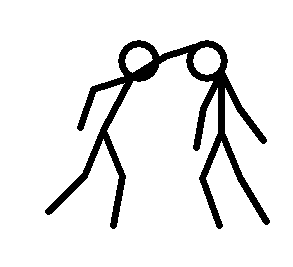
A piledriver is a professional wrestling driver move in which the wrestler grabs their opponent, turns them upside-down, and drops into a sitting or kneeling position, driving the opponent head-first into the mat. The technique is said to have been innovated by Wild Bill Longson.
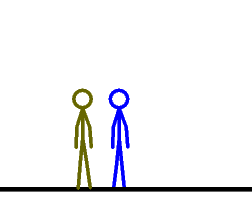
A powerbomb is a professional wrestling throw in which an opponent is lifted and then slammed back-first down to the mat. The standard powerbomb sees an opponent first placed in a standing headscissors position. The opponent is then lifted on the wrestler's shoulders and slammed down back-first to the mat. A prawn hold is commonly used for a pinning powerbomb.

In professional wrestling a DDT is any move in which the wrestler has the opponent in a front facelock/inverted headlock and falls down or backwards to drive the opponent's head into the mat. The classic DDT is performed by putting the opponent in a front facelock and falling backwards so that the opponent is forced to dive forward onto their head. Although widely credited as an invention of Jake Roberts, who gave the DDT its famous name, the earliest known practitioner of the move was Mexican wrestler Black Gordman, who frequently performed it during the 1970s.
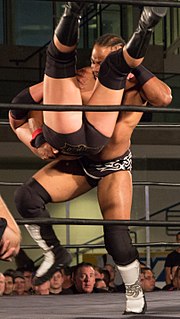
Backbreaker refers to a kind of professional wrestling move which sees a wrestler dropping an opponent so that the opponent's back impacts or is bent backwards against a part of the wrestler's body, usually the knee. The standard version of the move sees the wrestler scoop their opponent horizontally before dropping to one knee, slamming the opponent's back on their other knee.
In professional wrestling, a neckbreaker is any throw or slam that focuses its attack on the opponent's neck. One type of neckbreaker involves the wrestler slamming an opponent's neck against a part of the wrestler's body, usually the knee, head or shoulder. The other type of neckbreaker is a slam technique in which the wrestler throws an opponent to the ground by twisting the opponent's neck. This also refers to a "back head slam" where a wrestler drops to the mat while holding an opponent by their neck.

A moonsault, moonsault press, or back flip splash is a professional wrestling aerial technique. It was innovated by Mando Guerrero. Much of its popularity in both Japanese and American wrestling is attributed to The Great Muta, despite it being used in North America by "Leaping" Lanny Poffo years before Muta came from Japan. In a standard moonsault, which is generally attempted from the top rope, a wrestler faces away from the supine opponent and executes a backflip landing on the opponent in a splash/press position but facing towards the elevated position. Though this move is generally attempted from the top rope to an opponent lying face up in the mat, myriad variations exist, including moonsaults that see the wrestler land on a standing opponent and forcing them down to the mat. The move is considered a higher-impact version of a splash, since the wrestler utilizes rotational speed.

A leg drop or legdrop refers to an attack used in professional wrestling in which an attacking wrestler will jump and land his leg across a fallen opponent's chest, throat, face or head or in some cases, the groin/lower-abdominal area.
A facebuster, also known as a faceplant, is generally a takedown move in professional wrestling in which an attacking wrestler forces their opponent down to the mat face-first without involving a headlock or facelock. A standard facebuster, also known as a jumping facebuster, involves the wrestler grabbing hold of the opponent's head/hair and dropping down to their knees, forcing the opponent's face into the mat.
A powerslam is a professional wrestling body slam move in which the wrestler performing the slam falls face-down on top of the opponent. The use of the term "powerslam" usually refers to the front powerslam or the scoop powerslam.

In professional wrestling, a cutter is a 3⁄4 facelockbulldog maneuver. This move sees an attacking wrestler first apply a 3⁄4 facelock before falling backwards to force the opponent face-first to the mat below.
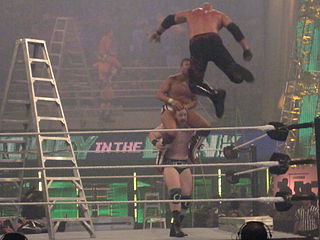
Doomsday device is a term used in professional wrestling to reference a tandem move in which one wrestler hoists the opponent on their shoulders so that they are facing in the same direction in what is known as the electric chair position, while another wrestler climbs the ring post to the top turnbuckle and delivers a flying attack on the opponent.
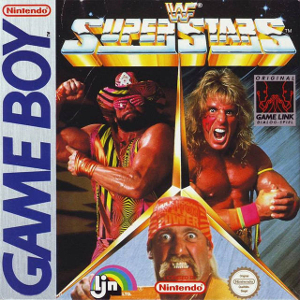
WWF Superstars is a video game released on the Game Boy handheld console by Acclaim Entertainment, based on the WWF's syndicated television show of the same name. This game was the first WWF/E game for the Game Boy system.

WWF Capital Carnage was a United Kingdom-only professional wrestling pay-per-view (PPV) event produced by the American promotion, the World Wrestling Federation. It took place on December 6, 1998, at the London Arena in London, England. It was released on DVD in the UK and Europe on July 12, 2010, in a set also including No Mercy (UK) as part of the WWE's Tagged Classics range released by Silver Vision, without any edits to the original content, most notably keeping all mentions and appearances of the WWF logo intact and un-blurred.


